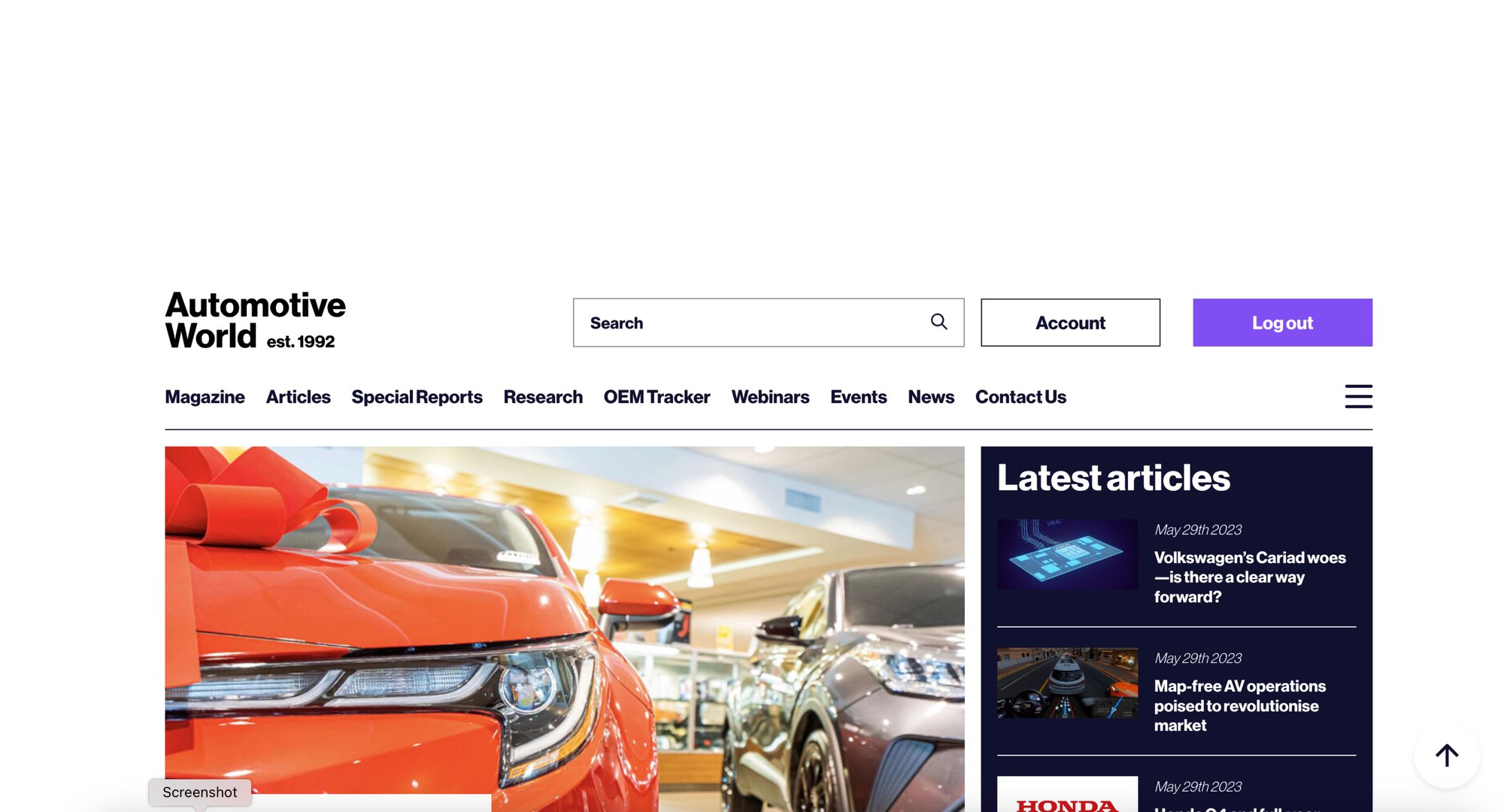・ Articles/Company
Automotive World interviews Kognic
Fresh off the press…
Daniel Langkilde, Kognic’s CEO & Co-founder, was featured as the leading industry expert in a new article published by Automotive World. Automotive World is the leading trade journal for industry executives across global OEM, Supply Chain and Technology partners.
Interviewed about the deeper impact of the UK’s recent approval of Level 2 automation for 2300 miles of roads within England, Scotland and Wales, Daniel was asked about the trajectory of Driver Assistance systems and eventual Autonomous Driving. Here's an excerpt from journalist, Will Girling's interview with Daniel...
- To successfully build trust with customers and regulators, automakers must reliably substantiate their Level 2 systems’ capabilities. Subsequently, Langkilde states that a growing demand for verification and validation has emerged, and Kognic is part of this new market. "Creating an AD system is difficult and can always be improved upon," he says. "We’re focused on improving cars’ ability to see things in the real world. Humans need to pass a driving test before they’re allowed on the road, so why should AVs be any different?"
- Practically every ADAS/AD system relies on sensors like cameras, radar, and LiDAR to ‘see’ the world around the vehicle. Artificial intelligence and machine learning algorithms are then used to interpret the visual data into a 3D map that the system can use for navigation. It is within this process that Kognic identified room for improvement. The company is currently focusing on “performance-critical” functions, particularly those involving close quarters driving like parallel parking. Its testing methodology isn’t limited by the SAE sophistication of a system.
- Kognic’s Perception Analytics product uses a quality measurement and statistics engine to quantify a dataset’s impact on ADAS/AD system performance. “Most automakers are surprised by the necessary datapoints they haven’t defined,” says Langkilde. Previous examples include failing to establish what a driveable road surface looks like and not considering the range requirements of driving at high speeds. Correcting these oversights is not just important from a safety perspective but also for the real-world practicality of using ADAS/AD.
Share this
Written by

